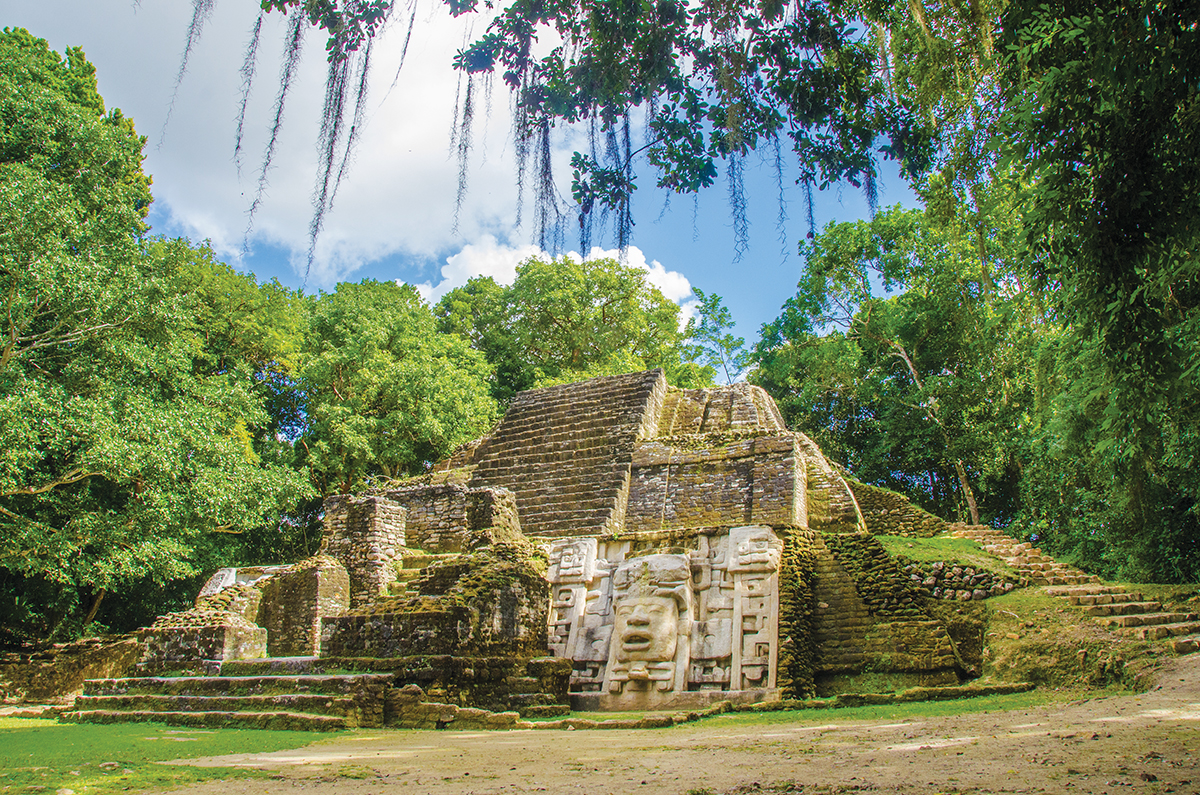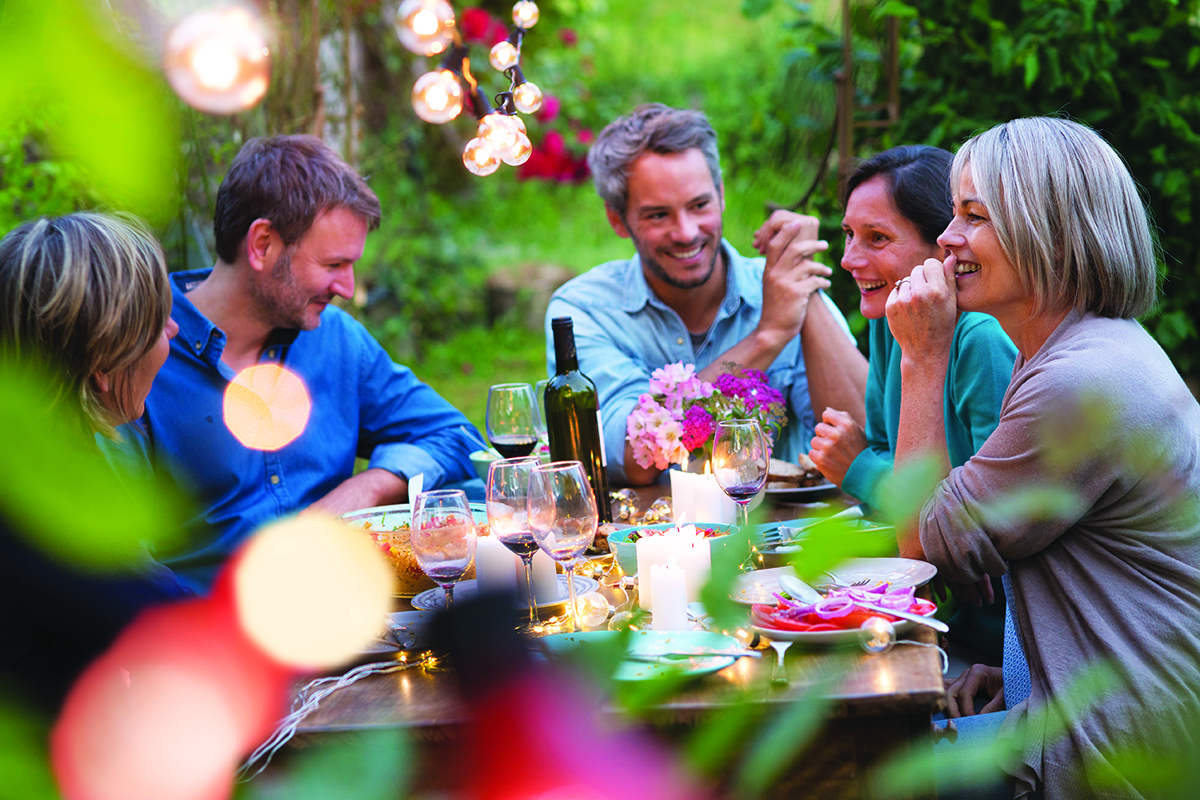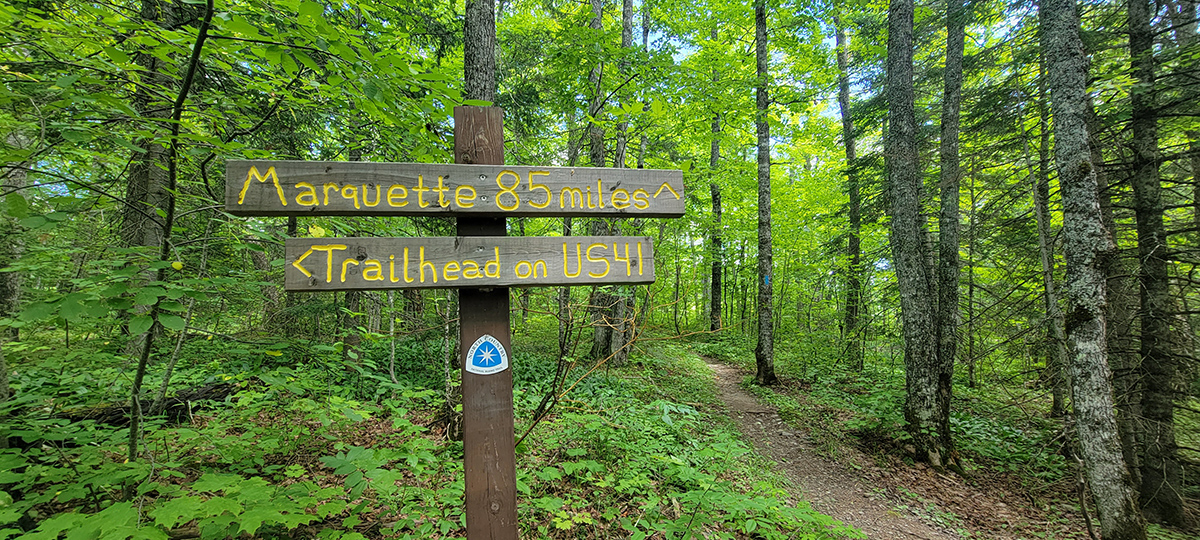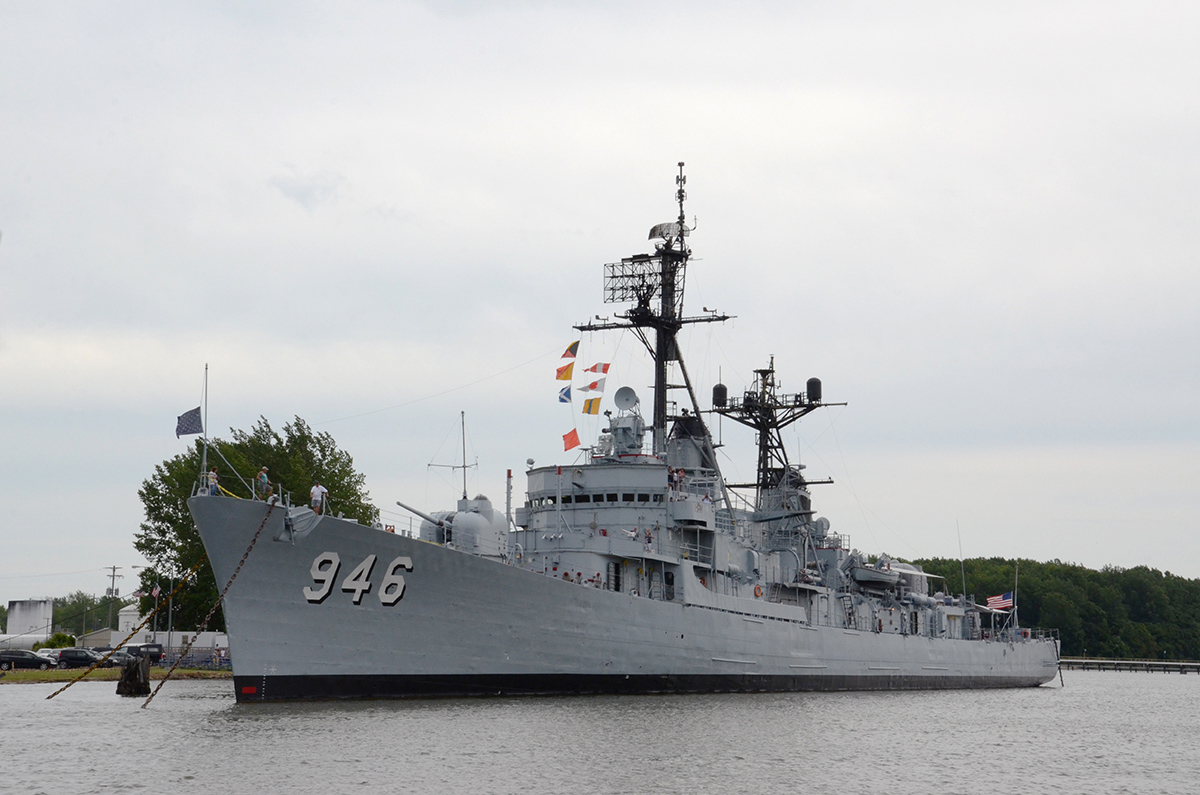WRITER | RACHEL WHITE
Belize has it all. For the adventurer, wild jungles and underwater caves abound. Beach bums can relax on miles of pristine coastline and enjoy some of the best snorkeling in the world. History buffs revel in the Mayan ruins. There’s fishing, flavorful food, and friendly people. But perhaps most important to people from Michigan, the temperature hovers around 80 degrees, with mostly clear skies and copious amounts of sunshine. During my ten-day sojourn, I intended to take advantage of every bit of it. But first, I wanted to learn a little more about the country.
Located in Central America, Belize has been an independent nation since 1981 and used to be British Honduras. English is the official language, but people also speak Spanish and Kriol (Creole), and you’ll probably hear some others spoken here as well. Mexico borders it on the north, Guatemala on the west, and the warm azure waters of the Caribbean Sea on the east. The country is ethnically diverse, primarily Mayans as well as Creoles, Mestizos (those of mixed Spanish and Mayan descent), and, a surprise to me, some large Mennonite settlements.
You can’t talk about this cultural mélange without mentioning the sheer variety of Caribbean-influenced, mouthwatering flavors, and savory-sweet-spicy foods from which to choose. Johnnycakes for breakfast are small cakes of flour and coconut milk, baked in the hearth, then cut in half and slathered with beans and cheese. Stew chicken, on pretty much every menu, is served with (over) rice and beans and seasoned exquisitely with local spices. Other must-tries are tamales wrapped in plantain leaves, ceviche, and fry jacks.
Three jaw-dropping, once-in-a-lifetime experiences truly set Belize apart from everywhere else in the world: the Mayan ruins, the ATM (not a money machine), and the Belize Barrier Reef.
Our trip begins at the beach. With over 200 islands off the coast, it’s hard to choose, but the Caye Caulker and Ambergris are the largest and most popular. Cayes (pronounced keys) are the ultimate in island relaxation. Ambergris Caye is the largest, with plenty of resorts, bars, and watersports. Caye Caulker is a bit smaller, more boho, and slower-paced, with no cars, just golf carts, bikes, and pedestrians ambling down the dirt roads.
The Belize Barrier Reef is the second-longest in the world after the Great Barrier Reef. You can snorkel and scuba dive at the Hol Chan Marine Reserve and Shark Ray Alley, where there are opportunities to swim with nurse sharks, sea turtles, rays, and schools of colorful fish in their natural environment. Off the Lighthouse Atoll is the Great Blue Hole, a giant sinkhole that Jacques Cousteau considered one of the top five places to scuba dive in the world.
Many people use the islands as a base from which to explore the Mayan ruins on a day trip, but I headed inland. There are 12 Mayan ruin sites in Belize, and I visited three. All left me feeling like Indiana Jones, but taking a jungle cruise up the river to Lamanai, spotting crocodiles along the way, was my favorite. Lamanai is situated on the edge of a lagoon, and climbing to the top of the temples provides stunning panoramic vistas of rainforest, lagoon, and river. Your viewing may be interrupted by visits from armadillos, coatimundis (a distant cousin of the raccoon), and vivid birds showing off their kaleidoscopic plumage and melodious calls.
While the ruins are not just for history lovers, their historical significance is almost indescribable. Belize was the epicenter of the Mayan world, and as archeologists continue to uncover their secrets, the reason for their demise is still largely conjecture. While Europe struggled in the dark ages, the Mayans had already developed advanced scientific principles, mathematics, agriculture, and architecture. Seeing whole cities, you can climb into ancient sleeping quarters, observe an acoustic wonder where the spoken voice is amplified throughout the village, and touch the two-story-high carved limestone masks. I strongly recommend getting a guide, as you’ll learn so much more from these friendly and proud Belizeans than you will from a guidebook.
Finally, the Actun Tunichil Muknal, commonly known as the ATM, is one of the wildest adventures in the world. Near San Ignacio, the ATM is a series of underground caves once used for Mayan sacrificial ceremonies. This is a strenuous journey – not a trip for those with limited mobility or the faint of heart!
The adventure starts with a 45-minute hike through the jungle during which you ford three (mostly shallow) rivers. Then, to enter the cave system, you swim through a spring-fed pool (with the assistance of a rope) and wade about a kilometer through an underground river. Along the way, you can spot colonies of bats and lots of (eek!) spiders. The trek culminates in the ceremonial chamber, where the crystal maiden still lies, sacrificed to the rain gods over 1,800 years ago. Nothing is protected behind glass, and you must go with a government-sanctioned tour guide.
The Details: Belize’s rainy season is June through October, so unless you like afternoon showers, avoid planning your trip during that time. If you’re renting a car, make sure it’s a four-wheel drive – the roads are rough! As always, when traveling, be aware of your surroundings and exercise caution.








